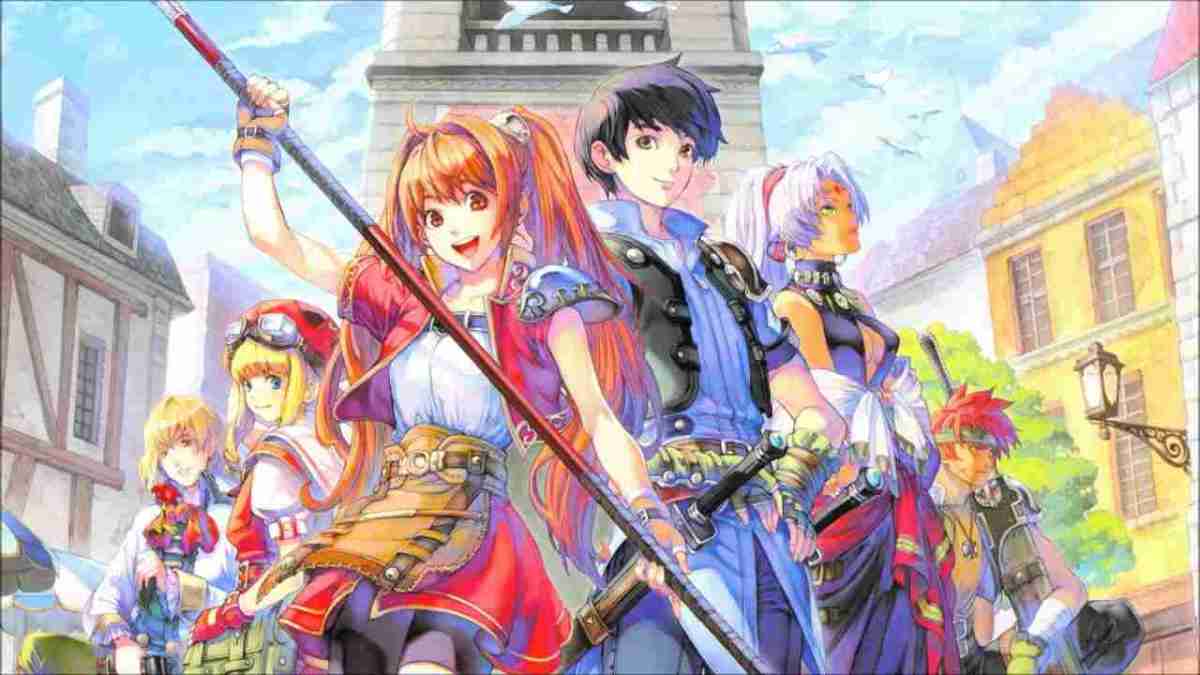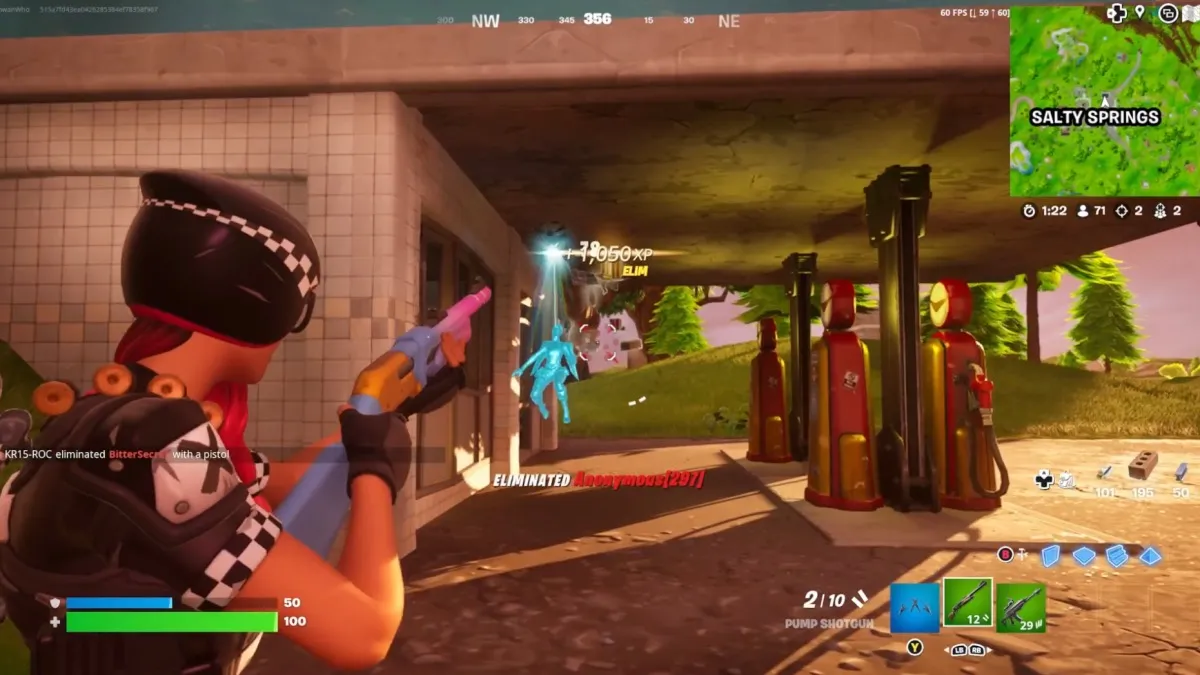Amnesia: The Collection on PS4
You can see the inky tendrils of Amnesia: The Dark Descent slithering their way into many other games. Like the shadow licking at the heels of the game’s protagonist, its influence can be felt lurking behind numerous subsequent successes. From Gone Home, which was prototyped in Frictional Games’ HPL engine and Dear Esther whose developers, The Chinese Room, created Amnesia’s sequel A Machine for Pigs, to the recent tide-shift of first-person combat-free horror – Amnesia has quietly haunted the landscape since its release in 2010. Now with Amnesia: The Collection, you have a chance to refresh your fears anew, or to sojourn to Castle Brennenburg for the very first time.
Within the first few minutes of The Dark Descent, you might need to employ some selective amnesia yourself to forget some of the clichés dropped on you: a mysterious and empty castle, an amnesiac protagonist uncovering his own past, creaking doors and flickering lamps. It doesn’t take very long at all, though, before you start to succumb. Suggestion is the most powerful tool at Frictional’s disposal, and the best trick that Amnesia pulls is making you afraid of what isn’t there. This fear is wrought not from coded jump-scares or pixel-rich ghouls, but from crumbling stone masonry, long hallways that stretch into the distance, and the steady, hungry howl of the wind.
Daniel wakes up in the lavish Prussian Castle Brennenburg with no memory of how he got there; he stumbles on a note written by his own hand, instructing him to kill the castle’s proprietor, Alexander. The catch: you’ll have to find your way to him through the labyrinthine innards of the castle, avoiding the lingering miasma of dread that lurks just out of view.

Frictional Games perfected its craft with the Penumbra series, the second episode of which – Black Plague – made the decision to be rid of combat. The Dark Descent continues in this mould and this was a brave and innovative decision to make at a time in which the word ‘horror’ in games was always prefaced with the word ‘survival’. There is no ammo to conserve here, no punches to throw at whatever may be stalking you. It’s tremendously effective; after all, if we could fight back with any viability, they wouldn’t really be nightmares would they? You’ll be exploring for clues, diary entries, items to use in elaborate puzzles, and tinderboxes with which you can illuminate the halls.
Amnesia thrusts the environment into your hands with a tactile point-and-click system. If you’ve played Gone Home then you’ll be familiar with this: the cursor can be whirled around rooms and a pull of the trigger will lift objects, which can then be moved, set aside, or thrown. There’s a tremendous satisfaction to be had in rifling through drawers, in hurling chairs out of the way; a real physical connection with the environment is a vital part of horror and Amnesia makes you feel at once inside, and a part of, Castle Brennenburg. This push and pull informs every chilling encounter you have. If pursued then you must run, blot out your lantern, slam doors shut behind you, hide in wardrobes or dark corners and – in one of the best pieces of horror design – cover your eyes.
The dark that blankets you is at once protector and tormentor. If an enemy lurks then you’d best not focus on it: they can sense when they’re being looked at. Whilst this is happening, however, the dark sends your mind into a feverish state of panic and your sanity starts to fray. It’s an excellent double-edged sword that informs the game’s strongest effect: paranoia. There were times when I was running from what turned out to be nothing at all – a man who wasn’t there. When the castle shudders and the wind whistles through the battlements, it’s easy to see things in the dark.

The Amnesia series is one that wears literary influence on its sleeve, builds levels as monuments to the psyche, and delivers its horror implicitly through characters that house volumes of pain. The Dark Descent, with its slamming doors, toppling furniture, and groaning corridors gives coded life to The Castle of Otranto. Horace Walpole’s seminal Gothic novel turned the cold light of doubt onto its heroine Isabella, and brought her experiences into question just as Frictional does here.
This snippet of Otranto informs The Dark Descent at its most potent:
“An awful silence reigned throughout those subterraneous regions, except now and then some blasts of wind that shook the doors she had passed, and which grating on the rusty hinges were re-echoed through that long labyrinth of darkness.”
And it’s just that as well – a descent. The game’s architecture winds inexorably down into “the inner sanctum” where your foe awaits. As you wade through the murk, you will wipe away the fog in Daniel’s mind and groggily come to some sinister realizations. The journey through the labyrinth reveals the Minotaur alright.

Justine, the game’s DLC expansion pack, was released as a tie-in for Portal 2 and shares a little hint of that game in its set-up. It centers on a succession of rooms, like a puzzle box, which you move through attempting to save the lives of three prisoners; all the while you are given direction by a sinister woman via a collection of phonograph recordings. It’s a fascinating chapter which leans on the strong logic puzzles of The Dark Descent and crosses it with a Saw-like madhouse feel. Whilst playing it’s difficult to shake the Freudian notion that you’re walking through the subconscious of its hero, that you are ascending this time, but with no less a sinister note running through it. Clocking in at around an hour, Justine is a think-piece of design, an expressive flick of the pen by Fractional before it signs off and hands over the reins to a hungry young studio for the sequel.
A Machine for Pigs is the weakest of the three. Eschewing the open hub design of the castle, it is entirely linear, and far less challenging – the simple but fiendish puzzles less potent. The Chinese Room still imbues it with a terrific sense of place and time, while skewering its bloodied yarn with a morality tale. The enemies are far more overt; there is less narrative subtlety; and sadly the small touches are lacking here. Little things like your lantern burning indefinitely, as opposed to using precious oil you would stumble upon in the first game, undermine a lot of the tension.
Once more a journey is made geographically and psychologically: from clipped, cool London town house, to the belching, smog-filled factories of the industrial revolution. To muddle through the four-hour story is to pour over the socialist morality of Upton Sinclair’s The Jungle; to creep through the bowels of the factory, hiding from the porcine monstrosities that shuffle through the clanking halls, is to journey to the sickening heart of both city and character. Again, the signature move of the series is present – the internalizing of horror, and the unspooling of narrative alongside psyche – it’s just a shame that mechanically and structurally, A Machine for Pigs doesn’t quite hold up the ramparts established by Frictional.

The main ailment that plagues the Amnesia series is its subject matter. It sounds far more damning a criticism than it ever ends up being, given that the games are there principally to scare you and impart a mood, a tone. The plots and characters are stretched to breaking point in more ways than one. What starts as a mere suggestion of the supernatural dials it in to Lovecraftian cosmic levels of daftness. These things are obviously fine in their own right, but they can fly in the face of subtlety in the case of The Dark Descent, or come off as laughably convoluted and outrageous in A Machine for Pigs. This compounds a feeling that the characters leave behind the sensibilities of their basis. It becomes increasingly difficult to empathize with them as time goes by, and they are shown to do, or we are asked to do things which take them beyond redemption and at times beyond believability.
Those shortfalls dissipate in the face of two excellent entries in the genre, and one good one – entries without which we wouldn’t have broken much of the horror ground we have today. Before Resident Evil’s reinvention, before P.T. and Outlast, and before narrative stalwarts like Dear Esther, Gone Home, and Everybody’s gone to the Rapture, Amnesia was softly howling through the corridors of the horror genre. If you’re a console gamer and you haven’t played these, then The Collection is an easy one to recommend.
Score: 4/5 – Great
Pros
| Cons
|













Updated: Nov 20, 2016 11:57 pm